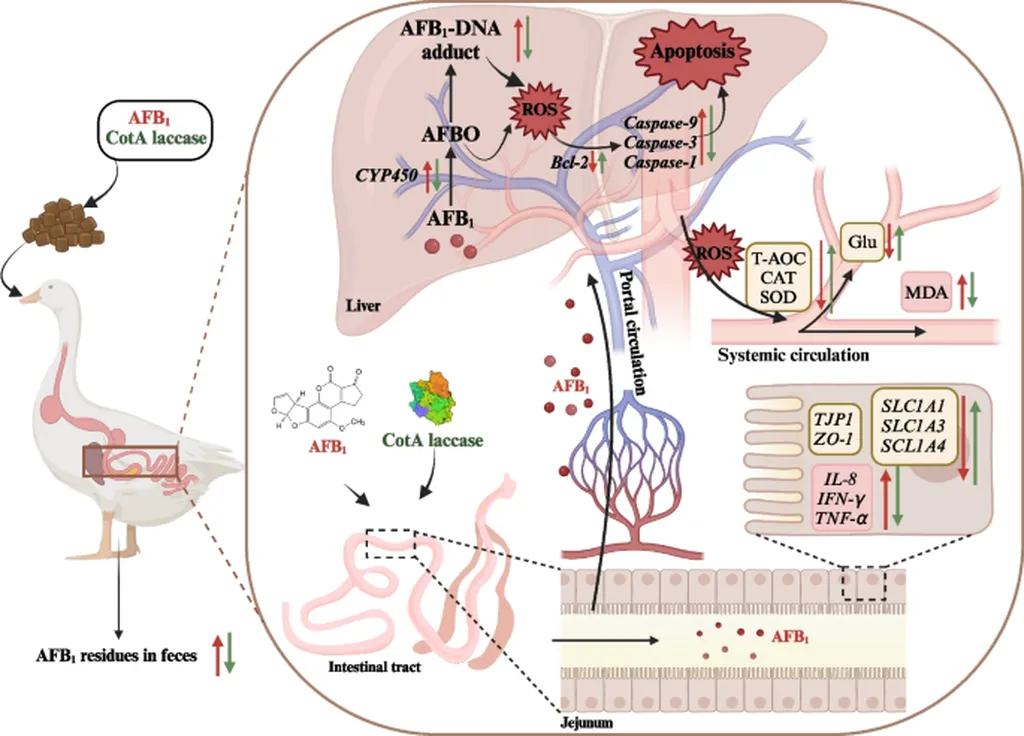In a significant stride towards enhancing duck health and bolstering the global duck industry, researchers have developed a novel indirect ELISA (Enzyme-Linked Immunosorbent Assay) method for detecting Duck Circovirus (DuCV). This breakthrough, published in *BMC Veterinary Research* (which translates to *Chinese Veterinary Medicine Research*), promises to revolutionize epidemiological surveillance and vaccine evaluation, offering a crucial tool for distinguishing between natural infections and vaccine-induced immunity.
DuCV is a notorious immunosuppressive virus that stunts growth and weakens the immune system of infected ducks, often leading to secondary infections. This poses a substantial threat to the duck industry worldwide. Currently, most indirect ELISA assays target the Cap structural protein, but these methods fall short in differentiating between antibodies generated by natural infection and those from vaccination.
Enter Mian Wu, a researcher from the College of Veterinary Medicine at Shandong Agricultural University, who led this groundbreaking study. Wu and her team successfully expressed the Rep non-structural protein and a truncated Cap structural protein lacking the nuclear localization signal (ΔCap) using a prokaryotic Escherichia coli expression system. They then developed two indirect ELISA methods using these proteins as coating antigens, optimizing the conditions for each.
The results were promising. Both the Rep-ELISA and ΔCap-ELISA demonstrated high specificity and sensitivity. When applied to duck serum samples from parts of Shandong Province, the correlation rates between the ELISA and conventional PCR methods were impressive: 95.5% for Rep-ELISA and 93.3% for ΔCap-ELISA. Moreover, the positive detection rates in sera from vaccinated ducks were a mere 10% for Rep-ELISA and a substantial 91% for ΔCap-ELISA. This stark contrast indicates that the ELISA method established in this study can effectively differentiate between natural infection and vaccine immunization.
“This study provides a novel serological tool for epidemiological surveillance and vaccine evaluation of DuCV,” Wu explained. “It offers a more accurate and reliable method for monitoring the health of duck populations and assessing the efficacy of vaccines.”
The implications of this research are far-reaching. For the duck industry, this new ELISA method could mean better disease management, reduced economic losses, and improved overall productivity. For researchers, it opens up new avenues for studying DuCV and developing more effective vaccines and treatments.
As the global demand for duck products continues to rise, the need for robust disease control measures becomes ever more critical. This study not only addresses that need but also sets a precedent for future research in veterinary diagnostics. By providing a clear distinction between natural infection and vaccination, this method could pave the way for more precise and targeted disease control strategies.
In the words of Wu, “This is just the beginning. We hope our work will inspire further research and innovation in the field of veterinary diagnostics.”
Indeed, the development of this novel ELISA method is a testament to the power of scientific innovation in addressing real-world challenges. As the duck industry continues to evolve, so too will the tools and technologies designed to protect and enhance it. This research is a significant step forward, offering hope for a healthier, more productive future for ducks and the industry that relies on them.

